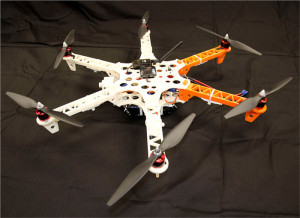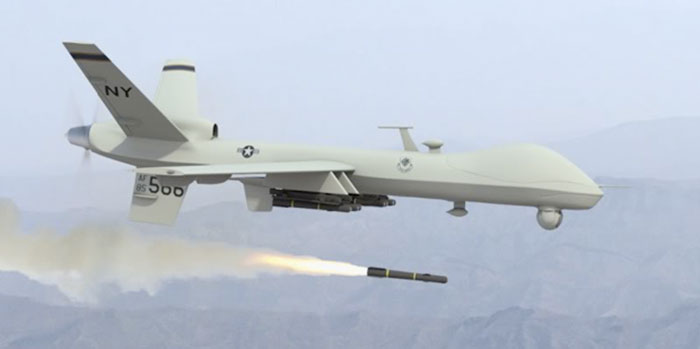Whether it’s helping find survivors in natural disasters or giving critical intelligence to the military during armed conflict, 3D printing can now produce just the drone that is needed for any situation within a matter of hours.
A few months ago Virginia Tech hosted a 3D printing challenge that had students designing and building 3D printed drones. It was co-sponsored by Robotic Research and the DHS, and they were obviously happy with the results because Robotic Research is showing off two small 3D printed drone designs that bear quite a resemblance to the parameters of the Virginia Tech challenge.



There is a lot of hysteria surrounding drones. Some of it reflects valid concerns over governments with increasing abilities to violate our privacy, and as Shane pointed out last year some of it is simply the result of fear-mongering and paranoia. Drones can be used in a variety of situations that have little to do with war and death and can even help to save lives and our environment. But I’m probably not alone in believing that these drones will get a lot of usage in warzones. Most likely not with the DHS, but they will almost certainly be adapted to military applications considering what Robotic Research is known for. I don’t particularly like the fact that this is going to happen or that they are using our schools to do it, but much like the 3D printed gun what exactly is there to do about it? We can’t uncreate 3D printed drones, this was always an eventuality.
I think drones can be used in some remarkably innovative and positive ways. They can be used to help find survivors during times of disaster and even to patrol our animal reserves and national parks. But we can’t pretend that they won’t be used to do some horrible things because other drones already have been.
As a technerd, drones are really pretty cool when you think about what is involved in making them work. But they also scare me a little bit. Not so much because I’m worried that I’ll be killed by one, but rather what they represent. The ability to detach the act of killing from the person doing the killing has been horrifying since the invention of the bomber, but technology, including 3D printing, seems to be making it easier.
Source: SPIE




